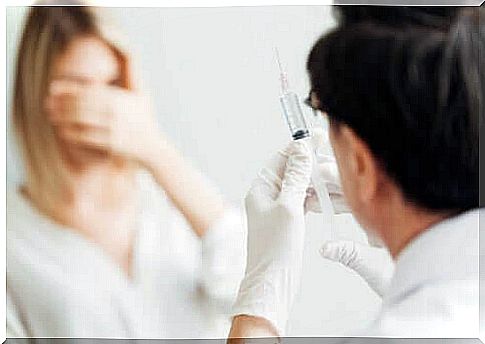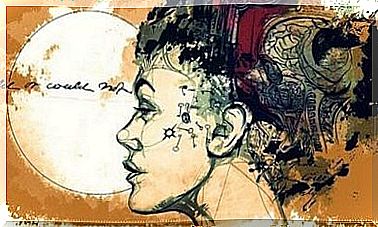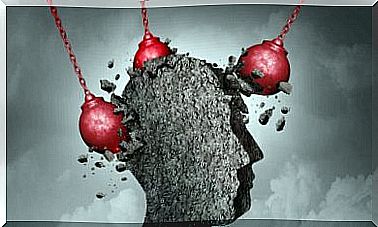Blood-Injection-Injury Phobia Or SIF

When a slight fear or aversion to a situation becomes disabling, we are faced with a specific phobia. The Blood-Injection-Injury Phobia generates a great interference in the daily lives of those who suffer from it.
The limitations are varied: avoiding performing necessary medical interventions, abandoning certain areas of study, or not being able to visit or care for injured people.
This phobia, which appears in childhood around the age of 7-9, appears to have a genetic component. Thus, there is a high probability of being repeated in first-degree relatives.
Furthermore, it has a characteristic pattern of physiological response that differentiates it from the rest of specific phobias: the biphasic response.

What is a specific phobia?
Specific phobias are characterized by an excessive and irrational fear of certain objects or situations. The person tends to avoid contact with them or supports them at the expense of great discomfort. Likewise, anticipatory anxiety arises at the idea of having to get in touch with the dreaded situation.
In the case of SIF-type phobia, the person feels great anxiety at the sight of wounds, blood and injections. This makes the phobic person avoid any contact with these elements, keeping away from hospitals, recovery rooms and even movies with violent content.
When avoidance is not possible, anxiety triggers. Its manifestations are varied: nausea, dizziness, sweating and paleness. Sometimes, the person even faints. This happens suddenly and lasts for approximately 20 seconds. After that time, the person recovers on his own.
After all, why does this happen?
biphasic response
The most characteristic component of this type of phobia is the biphasic response that occurs after exposure to the feared stimulus. It consists of a physiological reaction divided into two parts: first, there is an increase in the activation of the sympathetic nervous system. As a result, blood pressure, respiratory rate and heart rate increase.
Immediately afterwards, there is a sudden drop in these parameters, which leads to dizziness and, later, to fainting. This is what is known as a vasovagal syncope.
The prevalence of fainting among people suffering from this phobia is between 50-80%, which is quite significant.
What are the causes of Blood-Injection-Injury Phobia?
- Sensitivity to disgust: it was noticed that, among people who have this phobia, there is a greater predisposition to feel disgust. Therefore, upon seeing the feared stimulus, disgust is activated, causing nausea and the rest of the symptoms that would lead to fainting.
- Hyperventilation: in the presence of the phobic stimulus, hyperventilation is produced naturally, as it helps to alleviate discomfort. However, there is a deficit of carbon dioxide in the blood, which leads to partial or complete loss of consciousness.
- Distortion of attention: it seems that people with SIF phobia have a distortion of attention and, therefore, they are faster and more effective in locating stimuli related to their phobia. In addition, they tend to interpret them as more threatening than they really are and practice avoidance behaviors.

Treatment of Blood-Injection-Injury Phobia
The two main focuses of treatment for this phobia are applied tension and live exposure. The first one is aimed at preventing fainting and consists of tensing a group of muscles to increase the heart rate and prevent syncope. It is an effective and simple treatment that, in addition, increases the individual’s sense of control over their phobia.
On the other hand, the exhibition consists of live contact gradually with the feared stimulus, without allowing the avoidance response. The person is exposed to images and procedures related to blood, wounds or injections, and has to remain in the situation until the anxiety subsides.
In this way, by failing to avoid the situation, she is able to prove that the phobic stimulus is really innocuous and that the anxiety is disappearing.
In conclusion, this is a disorder that significantly affects the lives of those who suffer from it. It prevents the phobic person from watching certain movies, exercising certain professions (medicine, nursing) or approaching injured people. Above all, it makes the person unable to perform certain medical procedures. Psychological therapy can help to overcome this phobia and its limitations.









